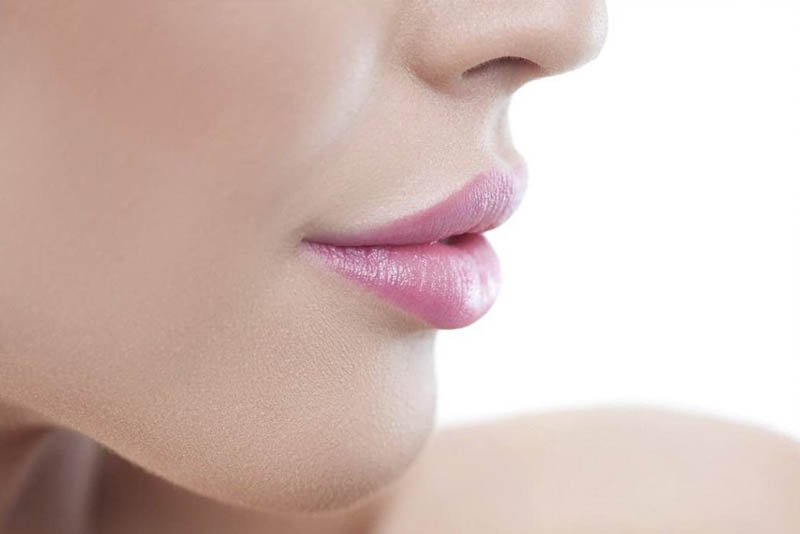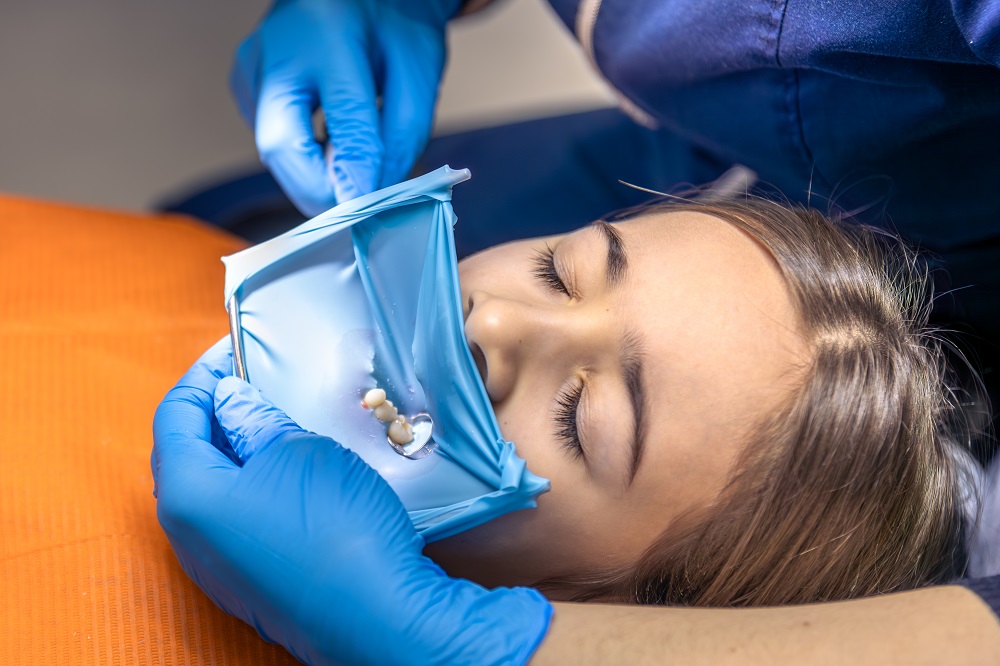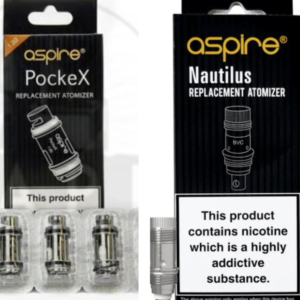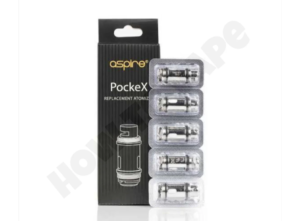What Are the Best Teeth Whitening Options for a Brighter Smile with a Dental Bridge?
When it comes to achieving a radiant smile, teeth whitening is a common goal for many people. Whether you have a dental bridge or are considering one, knowing how to properly maintain and enhance the brightness of your teeth is essential. So, if you’ve been wondering, “What are the best teeth whitening options when you have a dental bridge?” you’ve come to the right place. This article will explore the top options for teeth whitening, taking into account how dental bridges can affect the process.
Understanding Dental Bridges: How Do They Impact Teeth Whitening?
Before diving into the best teeth whitening methods, it’s important to understand what dental bridges are and how they might impact your whitening options. A dental bridge is a restorative dental appliance used to replace missing teeth. It consists of artificial teeth, known as pontics, which are anchored to neighboring teeth or dental implants.
While natural teeth can be effectively whitened through various methods, dental bridges are typically made from materials like porcelain or ceramic, which don’t respond to whitening agents the same way as natural tooth enamel. This means that while your natural teeth may whiten, the color of your dental bridge will remain the same. Therefore, achieving an overall uniform smile may require some additional steps or considerations.
Best Teeth Whitening Methods for People with Dental Bridges
For those with a dental bridge, it’s essential to approach teeth whitening with caution. Below are the best whitening methods, taking into account the presence of dental bridges.
1. Professional In-Office Teeth Whitening
When it comes to effective teeth whitening, professional in-office treatments are often considered the best option. These treatments involve stronger whitening agents that are applied under the supervision of a dentist. They can deliver dramatic results in just one visit, often lightening the teeth by several shades.
However, if you have a dental bridge, the whitening treatment will only affect your natural teeth. This means you’ll need to carefully plan your whitening treatment to ensure that your natural teeth match the color of your bridge. If you wish to whiten your teeth and bridge simultaneously, you may need to replace the bridge after your whitening procedure to match your newly whitened teeth.
2. Custom Take-Home Whitening Kits
If you prefer a more gradual approach to whitening, custom take-home whitening kits can be a great option. These kits, which are provided by your dentist, include custom-made trays that fit your teeth perfectly. The whitening gel you apply to these trays is typically weaker than the in-office treatment but can still deliver noticeable results over time.
While the whitening process is slower, it allows you to monitor the results more closely. With dental bridges, you must continue to be cautious, as the whitening gel will not lighten the bridge material. After whitening your natural teeth, you may want to consult your dentist about getting a bridge that matches the new shade of your teeth.
3. Over-the-Counter Teeth Whitening Products
Over-the-counter teeth whitening products are widely available and can be an affordable and convenient way to brighten your smile. These include whitening strips, toothpaste, gels, and rinses. While they are generally not as powerful as professional treatments, they can still produce subtle results for people with natural teeth.
However, the downside for people with dental bridges is similar to that of professional treatments: over-the-counter whitening products only affect natural teeth. If you are using these products to whiten your teeth, it’s crucial to monitor how the shades of your natural teeth and dental bridge compare.
4. Whitening Toothpastes
Whitening toothpaste is an easy and cost-effective way to maintain a bright smile. These toothpastes contain mild abrasives and chemical agents that help remove surface stains on teeth. While they do not change the color of your natural teeth significantly, they can help remove everyday stains, leaving your teeth looking fresher.
If you have a dental bridge, whitening toothpaste will not change the shade of the bridge. However, it can help keep both your natural teeth and dental bridge clean, which can improve the overall aesthetic of your smile. Be cautious when selecting a whitening toothpaste, as some may be too abrasive, especially if you have sensitive teeth or gums.
5. Natural Teeth Whitening Remedies
For those who prefer natural methods, there are several home remedies that may offer some degree of teeth whitening. Baking soda, activated charcoal, and oil pulling are among the most popular natural remedies. While these treatments may not provide as dramatic results as professional whitening options, they can help maintain a cleaner, brighter smile.
Keep in mind that these natural remedies will not whiten your dental bridge, so the results will only affect your natural teeth. It’s also important to be aware that overuse of some natural methods, such as baking soda, can be abrasive and may damage the enamel of your natural teeth.
What Should You Consider When Whitening Your Teeth with a Dental Bridge?
When whitening your teeth with a dental bridge, there are a few key considerations to ensure you achieve the best results:
1. Color Matching
Since dental bridges do not respond to whitening treatments, it’s crucial to ensure that your natural teeth and dental bridge match in color. If you whiten your teeth, you may need to replace the bridge afterward to match the new shade. Consult with your dentist before starting any whitening treatment to determine the best plan for achieving a uniform smile.
2. Maintenance of Your Dental Bridge
Regardless of your whitening method, it’s important to maintain the cleanliness of your dental bridge. Regular brushing and flossing are essential to prevent plaque buildup and keep your bridge looking natural. Additionally, avoiding staining foods and beverages like coffee, tea, and red wine can help maintain the appearance of both your natural teeth and your dental bridge.
3. Professional Consultation
Before attempting any whitening procedure, it’s always a good idea to consult with your dentist. They can provide personalized recommendations based on the type of dental bridge you have and your overall dental health. Your dentist may also suggest alternatives, such as replacing your bridge, to ensure a more cohesive and aesthetically pleasing result.
Conclusion: How Can You Achieve the Best Teeth Whitening Results with a Dental Bridge?
In conclusion, achieving the best teeth whitening results while maintaining a dental bridge requires careful planning and consideration. Since dental bridges do not respond to whitening agents, you must ensure that your natural teeth are whitened to match the bridge, or you may need to replace the bridge afterward.
Professional in-office whitening treatments and custom take-home kits are among the best options for people with dental bridges. While over-the-counter products and natural remedies can provide subtle results, they are less effective and may not offer the desired level of whitening for your natural teeth.
Ultimately, the best course of action is to consult with your dentist to determine the most appropriate whitening method based on your dental needs and the condition of your bridge. With the right approach, you can achieve a brighter smile while ensuring your dental bridge remains an integral part of your beautiful smile.














Post Comment